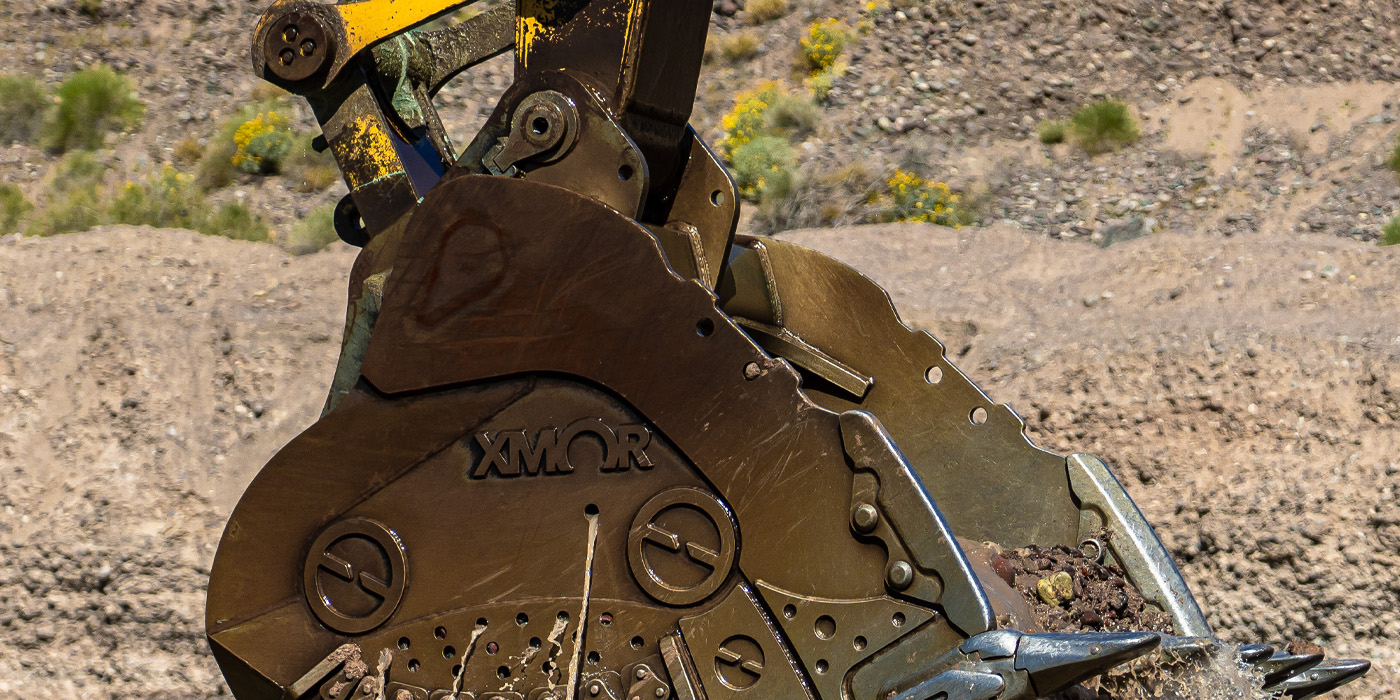BlogTooth Identification and Maintenance Tips

October 17, 2024
Tips
Buckets used for digging are equipped with shanks or adapters that hold the teeth onto the bucket. But, not all teeth and shanks are the same! The different tooth systems are mostly incompatible because of variances in retaining hardware, proprietary-designed dealer exclusive parts, and the obvious size variations in teeth. Each tooth brand or “system” also offers unique design changes that can create variations in compatibility as well.
So when it comes time to replace worn-out teeth, it’s critical to properly identify your current tooth and select a replacement system that is compatible. If your teeth are either undersized or oversized, they may cause stress on the machine by not allowing it to penetrate the ground properly.
Below, we offer some tips to help determine what tooth system and size you currently have, as well as how to best maintain your digging teeth.
Tooth Identification
#1 The easiest way to match a tooth is to go off the part number. You can often find a part number from buying history (like an old invoice or equipment manual) or on the tooth itself as part numbers are often stamped or cast into the tooth. Inspect your teeth and adapters for part numbers that might help to identify the system and size currently installed on your bucket, as there are several systems on the market between manufacturers. Many brands position the number in a location that does not wear, like near the base or inside of the pocket.
#2 Hardware can also provide major clues on the tooth system and size so be sure to examine the hardware that holds the tooth on. See how it installs: from the side or top? Is it a round hole or other shape? What is the hardware made from, and is it one-piece or multiple pieces per tooth? Answers to these questions can help identify what tooth system you are using. Taking a picture of the hardware and the tooth or adapter to show your wear parts salesperson can also be key to communicating what parts you need.
If you still need more help, Cutting Edge Supply offers this Tooth Identifier guide and a Tooth Size Conversion chart.
Best Practices for Teeth Maintenance
#1 Always check with your supplier to ensure that your bucket is fitted with a current system that is supported with parts that are still readily available. It is better to be safe than sorry when it comes to losing production time from an outdated system that is not readily available. If your system will take longer to source, make sure to plan ahead and get an order placed long before you need it!
#2 Regularly inspect your teeth! A bucket will still operate with fully worn-out teeth, but that can damage the bucket lip and the shanks and lead to even more costly parts and repair. Teeth should be visually inspected before each use. Look for signs of wear on the teeth — you want to see a smooth worn-surface over the entire tooth versus dents or pitting. The goal is to replace the teeth before they wear into the adapter. Any thin areas of the tooth material or areas where the adapter pokes through are of high importance to catch.
#3 Don’t just stop with inspecting the teeth! Make certain that you regularly examine the adapters too! With the teeth removed, carefully inspect the condition of the adapter nose for wear. There are times when a tooth is run past its limit and into the nose, or the tooth falls off the adapter while the machine continues to run. Even if the teeth stay on the adapter, look for any material or dirt built-up on the adapter nose (or in the tooth pocket). This buildup can be a sign that the adapter is worn.
#4 Sometimes, your adapter has just simply run its full wear life cycle and needs to be replaced. Ideally when fitting a tooth onto the adapter, it should fit somewhat snuggly onto the adapter nose when the pin is installed. If the tooth severely wobbles and appears to fit loosely, a closer inspection is necessary of the adapters and it may be time to replace them versus just replacing the teeth only.
